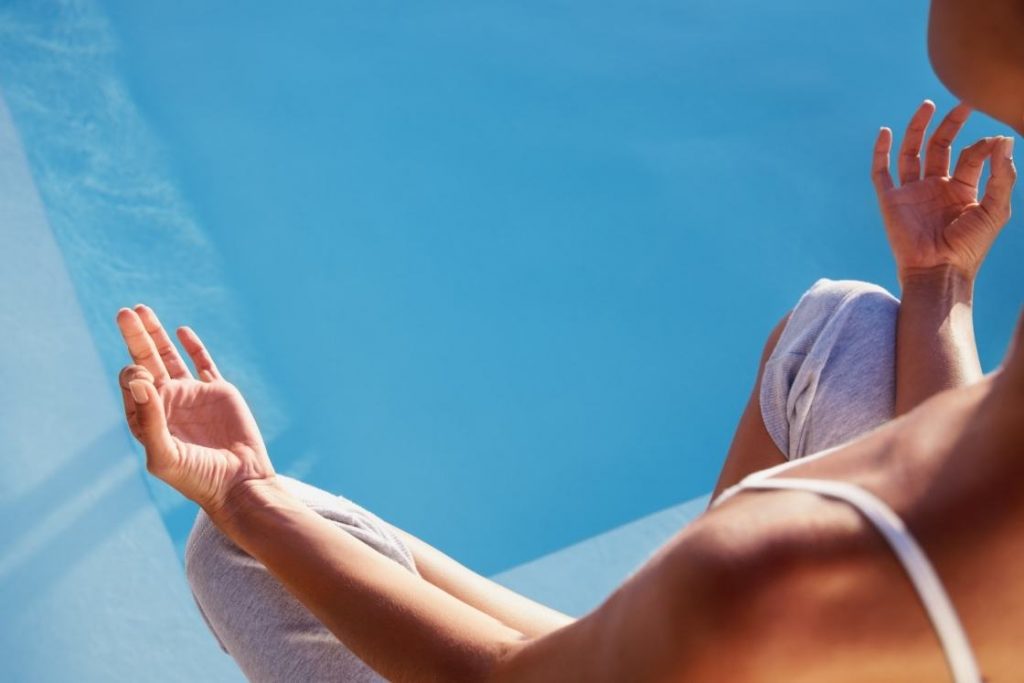
Meditation often involves using your hands to form specific gestures, known as “mudras.” These mudras act as catalysts to open energy channels and guide them along the correct path.
In addition to mudras, you may have noticed that yogis often keep their hands in specific positions during meditation, with palms facing either up or down. You might also have heard instructions from your teacher to place your hands on your thighs with palms facing upward, or on your knees with palms facing downward.
Have you ever wondered about the significance of these hand positions in meditation?
When is it appropriate to have your palms facing up or down?
Which specific mudras are best practiced with palms facing up, and which ones with palms facing down?
These are some of the key questions we will explore in this article. Let’s see how the position of your hands can enhance your meditation practice.
Significance of hand position in meditation
Most of the time, your hands are placed on your knees or thighs with palms facing up during meditation. However, there are occasions when it is advised to keep your palms facing down. Below, we explore the significance of both types of hand positions:
You may also like: Meditation positions – how to sit properly for meditation
Palms Facing Up
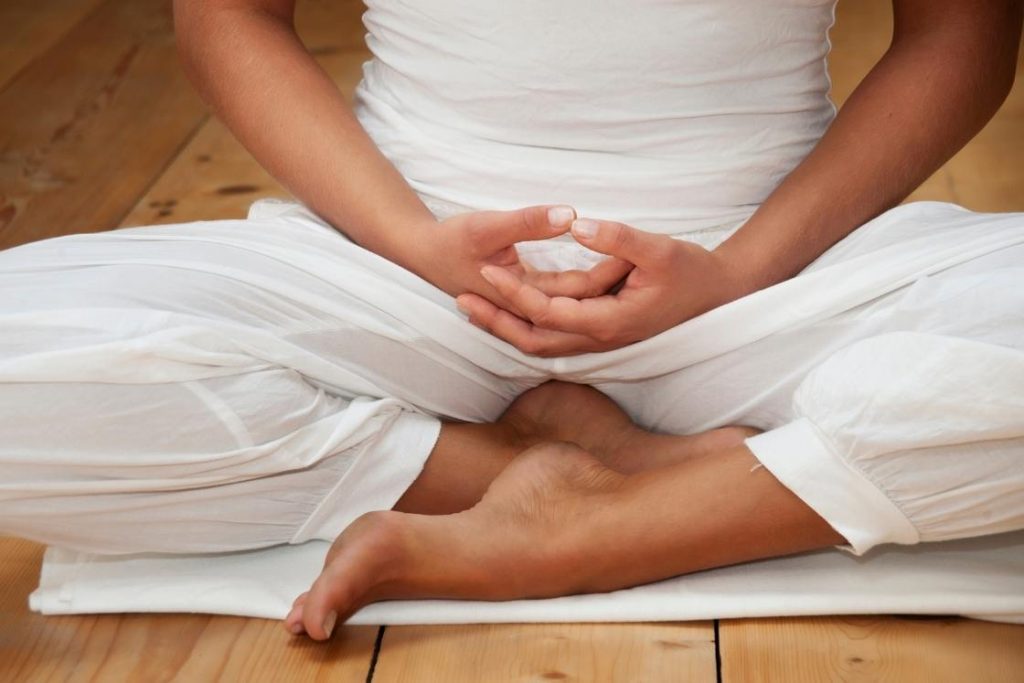
When you place your palms facing up during meditation, you are essentially surrendering to the divine, allowing the cosmos to fill you with the energy and insight needed for true awareness. This position symbolizes humility and gratitude towards higher realms. It is a gesture that invites love and kindness into your soul while simultaneously sharing these feelings with the world.
Physically, the palms-up hand position in meditation helps open the shoulders and chest, promoting deeper and longer breaths during both inhalation and exhalation.
When you turn your hands so your palms face upwards, your shoulders rotate outward. This rotation opens the chest, leading to improved breathing. It also encourages you to sit upright, promoting better posture and boosts blood circulation throughout the body.
Sitting straight in meditation also enhances the smooth flow of energy through the chakras, which will improve your physical, mental and spiritual body.
In meditation, opening the hands creates a sense of openness that helps relax the body and mind, enhancing your ability to listen.
Also read: The Three Bodies of A Human Being – Gross, Subtle & Causal Body
Palms Facing Down
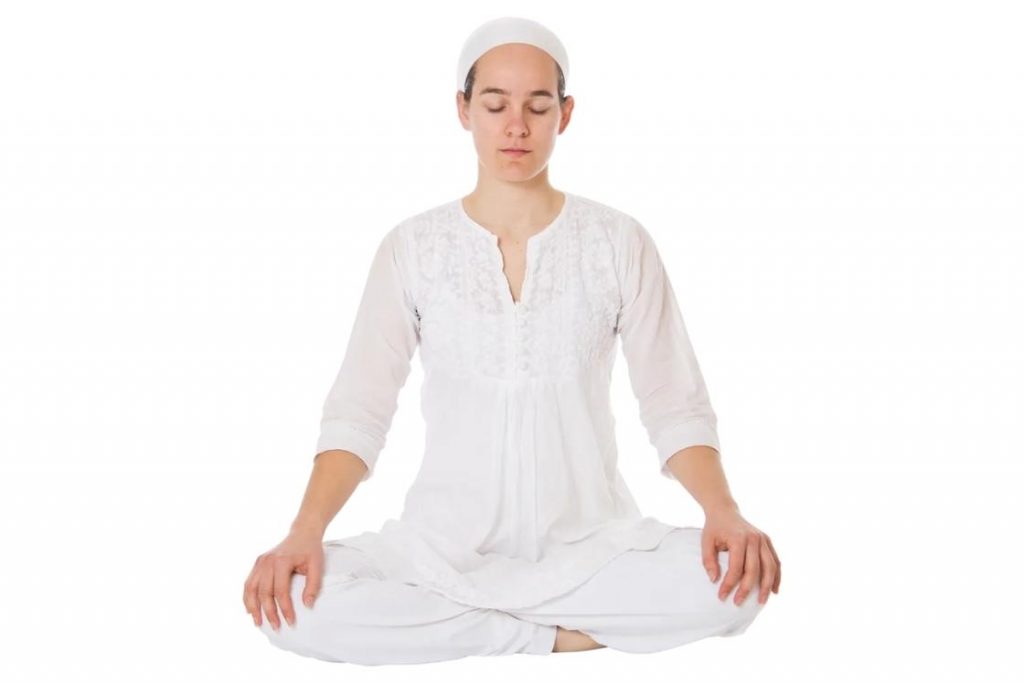
When we place our palms facing downwards during meditation, we are essentially grounding ourselves. This position is often used to cultivate focus in practices like root chakra meditation.. With the fingers pointing toward the earth, any excess energy stored in the body is released, helping to remove anxious thoughts and calm an overactive mind.
Meditating with palms facing downwards encourages introspection and brings awareness to your inner self.
Physically, when you keep your palms down, your shoulders rotate inward, often causing a slight slouch in your posture with the shoulders hunched and the chest moving inward.
Also read: Steps to perform Kundalini Meditation
Which mudra is associated with each position?
Typically, any mudra can be performed with either palms facing up or down. The choice depends on your intention, mood, and current needs.
Even though almost all mudras are performed with palms facing upwards, some mudras often use the palms down technique.
Chin Mudra
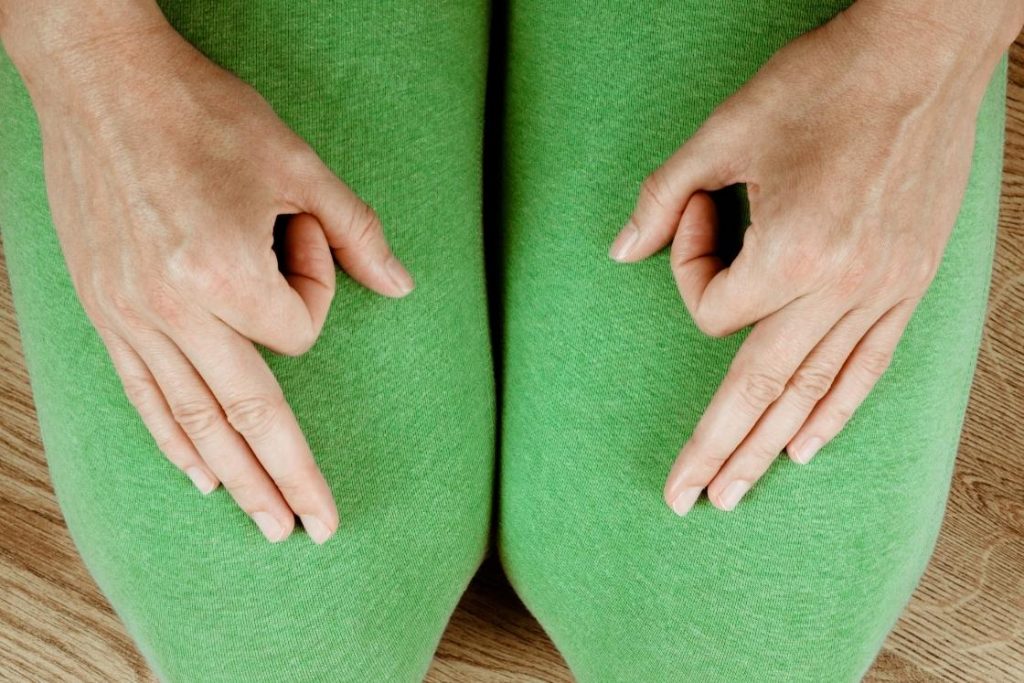
One mudra which is commonly practised with palms facing downwards is Chin Mudra.
Chin mudra is variation of Gyan Mudra, also known as mudra of knowledge and wisdom, is usually performed by joining the tips of the index finger and thumb. Practitioners keep this hand formation on their knees and turn their palms downwards.
Adi Mudra
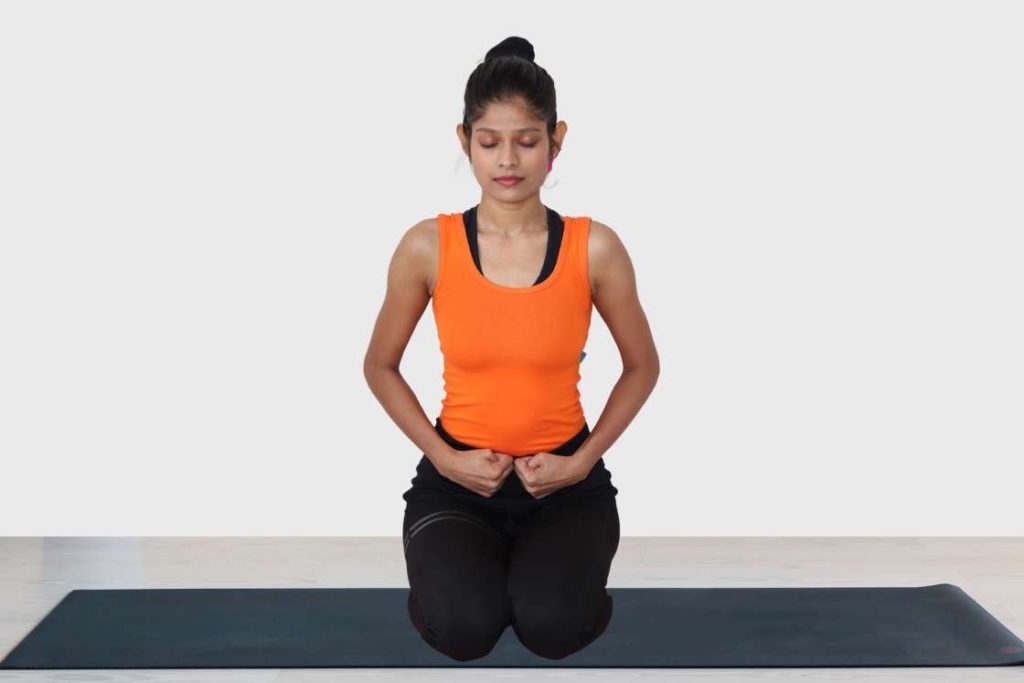
Another mudra that is often performed with palms facing down is Adi Mudra. Adi mudra is performed by wrapping the thumb with all the fingers of the hand such that the thumb lies at the base of all fingers. When you practice this mudra with palms facing down, you are essentially promoting a calm mind and curbing anxious thoughts.
Bhumisparsha Mudra
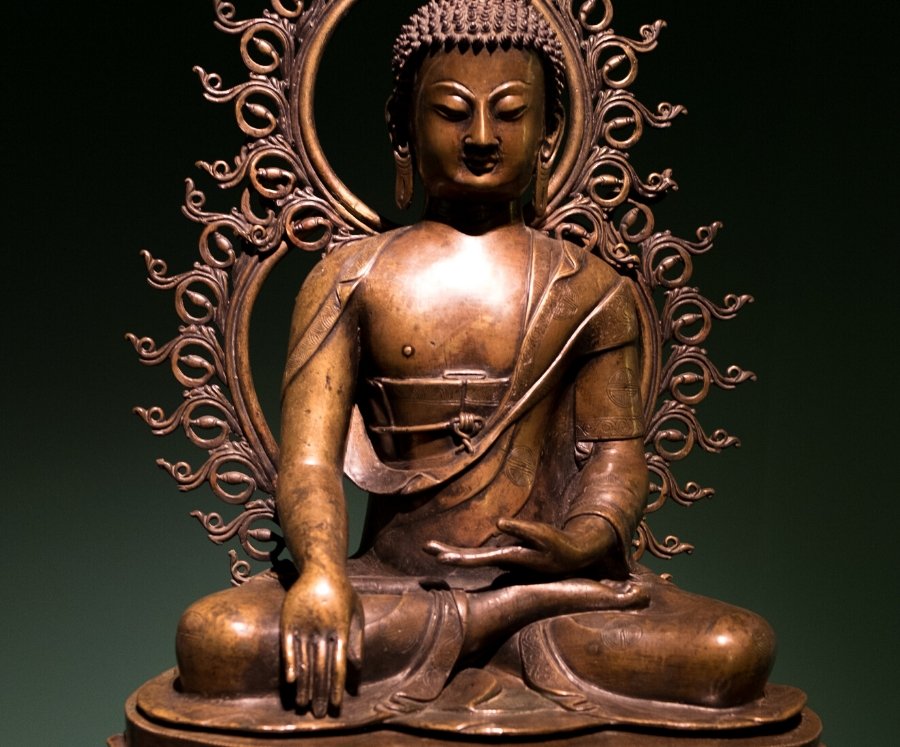
There is one more mudra where the palm faces downwards, even though it is only one hand, which is the bhumisparsha mudra. Here, one hand is kept on the lap with the palm facing up while the other is placed on the knee, palms facing down. The fingers of the palm down hand should touch the ground.
It is said that this gesture was adopted by buddha during his meditation under the bodhi tree. He adopted this gesture to signify that the earth is the witness of his determination and loyalty towards his practice when a demon came to disrupt his meditation.
Thus, this hand formation is practised when you need to achieve a goal and enhance your determination.
When do adopt palms up or palms down hand position in meditation?
There is no right or wrong way to position your hands in meditation; it all depends on your intention and current mood.
Before performing a mudra, take a moment to look inward and assess what your body and mind are experiencing.
- Is your mind calm or overactive?
- Are you feeling exhausted?
- Has your day been challenging, or do you feel lively?
Based on your answers to these questions, you can decide whether your palms should face upwards or downwards.
If your mind is anxious, overactive, or chaotic, you might benefit from releasing excess energy by placing your palms down. When you seek a sense of security and grounding, use an appropriate mudra with your hands on your knees, palms down.
Conversely, if you feel content or want to express gratitude to the universe, keep your palms facing upwards to share feelings of love and kindness with the world. When feeling low, sad, or depressed, facing your palms upwards can help you receive love and kindness in return. This position also encourages you to draw in positive energy from your surroundings while absorbing the knowledge the divine offers.


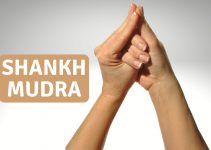
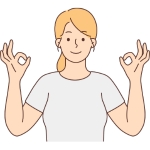
 Oct 24th to 30th
Oct 24th to 30th Learn Mudras
Learn Mudras  Deepen Your Practice
Deepen Your Practice  Find Inner Peace
Find Inner Peace
When performing a group Om meditation is there a recommended hand
Mudra? Left hands palm up and right hands palms down, or vice-versa ? Why?
On both hands, the palm either facing up or down is recommended. Gyan mudra or Dhyan mudra one can adopt for Om meditation. However, there are meditation mudra options as well.